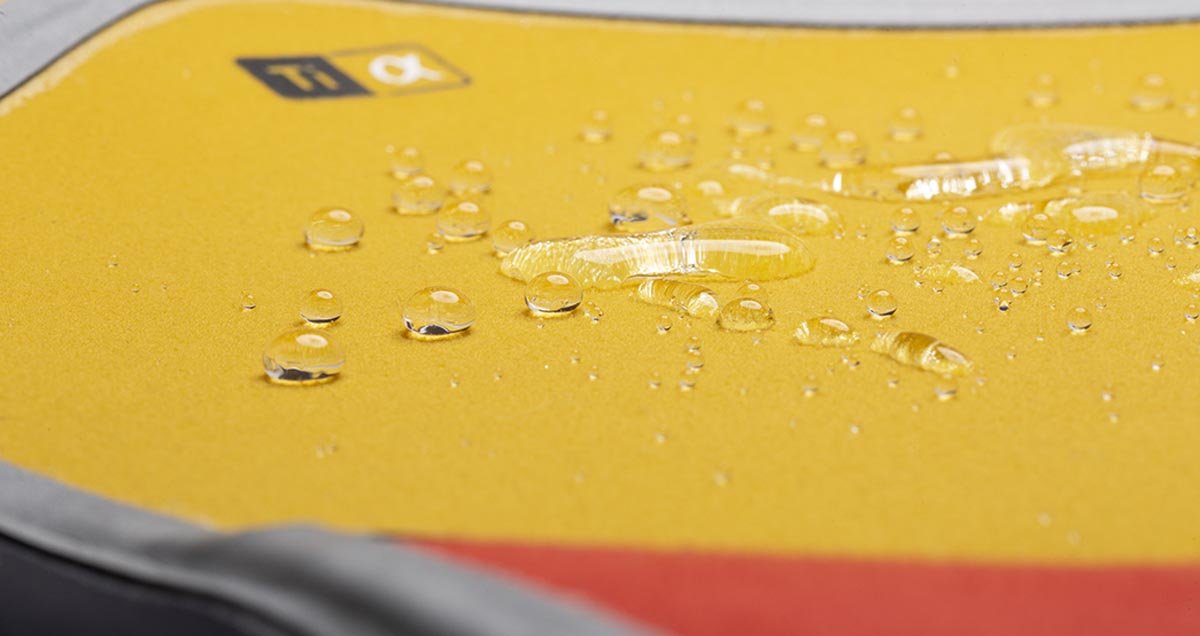Your Cart is Empty
WHY DO YOU NEED A COLD WATER WETSUIT?
If you live in a cold-water region and you want to surf all year round you need a good wetsuit. Being cold in the water is no fun at all. In the words of former Surfer Magazine editor Steve Hawk, getting cold is the fastest way to ruin a good session.
When you’re warm, your body is more flexible, you can move freely and you’ve got more energy to put into your surfing because you’re not burning it all up trying to stay warm.
In surfing, that makes the difference between making that next section and lagging behind in the foam. It’s two less duck dives to reach the line-up and five less paddle strokes to catch a wave.
That means more waves and longer rides.
WHY ARE ISURUS WETSUITS THE BEST COLD WATER WETSUITS?
Increased range of motion, reduced fatigue, quicker recovery times and better overall circulation is what Isurus wetsuits are all about. Here’s why Isurus suits are the best for cold water winter surfing:
LIGHTWEIGHT AND FLEXIBLE YAMAMOTO NEOPRENE
Japanese Yamamoto limestone neoprene is softer with greater stretch than standard petroleum-based rubber. That means your wetsuit quickly moulds to your body enhancing freedom of movement and paddle performance.
In addition to being flexible Isurus wetsuits are super lightweight. The reason is that the top of the line Yamamoto neoprene we use is only absorbs 2% of its weight in water thanks to its closed-cell construction.
The neoprene that dominates the market absorb 40% of its weight in water when new and closer to 60% as it ages. These old school wetsuits absorb cold water like a sponge. It takes a lot of precious body heat to warm a cold water-logged wetsuit, so you get cold faster.
Our quest to make the best winter wetsuit available starts with using the best rubber. In our opinion, you can’t get better than Yamamoto.
TITANIUM LINED
Our warmest wetsuits are now lined with a thin layer of titanium using Yamamoto’s patented 5 step process.
The Ti absorbs your body’s heat and then reflects it back at you. Yamamoto claims it increases warmth by 40%. We don’t make that claim, but we do know it significantly increases warmth with no increase in weight or suit thickness. It does add to the cost of the wetsuit though. But, if you go out in frigid winter conditions, we think it’s worth going titanium-lined.
We also added Z-Fleece which is the warmest, lightest insulating material we have found to date. Nothing we have tested comes close to it.
We’ve also added a layer of titanium covering the lower back, including the kidney area. We call this the KoreRegulator Panel. We’ve found that if you keep these vital organs warm your extremities stay warm.
One of our most popular winter wetsuits is the Ti Alpha 5.4. It’s now 80% titanium lined and features the KoreRegulator Panel in the lower back.
INTEGRATED WETSUIT HOOD
When you have to duck dive in cold water, your head soon gets cold. A wetsuit hood will keep you warm and stop you getting that stabbing ice cream headache.
A wetsuit hood can also help prevent surfer’s ear (also known as swimmer’s ear), which is a condition where the bone of the ear canal develops extra bone growth to protect the ear drum.
Isurus wetsuit hoods are designed to fit snug. The hood will not only protect your ears from being filled with cold water, it will also reduce wind chill when you’re waiting for your wave.
Check out our range of hooded wetsuits, or take a look at our separate wetsuit hood.
OUR WINTER WETSUITS ARE BUILT TO INCREASE YOUR PERFORMANCE
DISCOVER ISURUS WETSUITS
ISURUS WETSUIT COLLECTION
Our collection of flexible, durable and warm wetsuits are second to none. ISURUS have made it their mission to create the most comfortable surf wetsuits on earth. From the classic chest zip closure system in the Evade Collection, to the ultra-flexible zipfree closure system used in the Shield Collection, our wetsuits stand the test of time and guarantee the most comfortable surfing experience you can have (in a wetsuit). Our Ti Alpha collection has been engineered for some of the most extreme conditions on earth, and many surfers prefer our wetsuit tops to surfing topless!
Thanks to the material composition and attention to detail, our customers come back again and again to have a quiver of ISURUS wetsuits for all the conditions that Mother Nature throws at them.



























